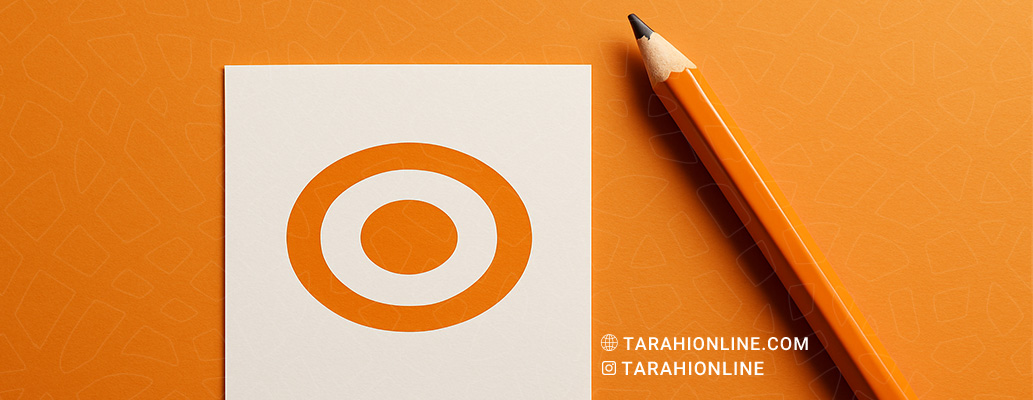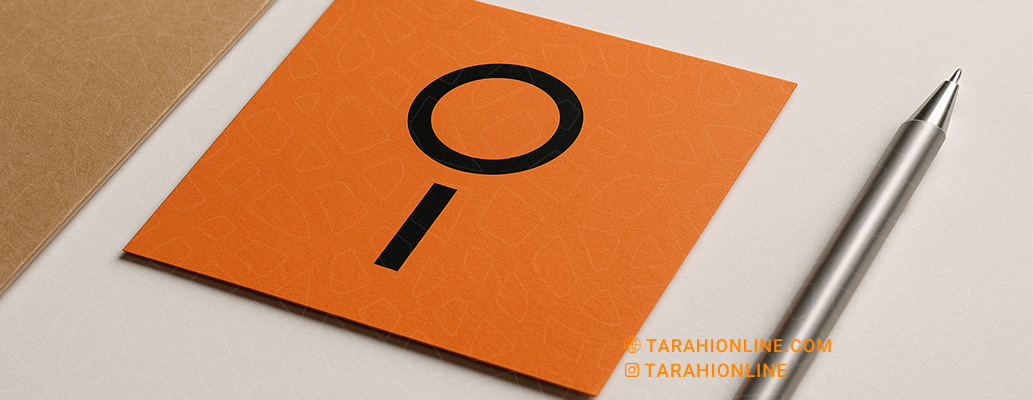
In today’s fast-paced world, where brands compete fiercely for audience attention, logo design stands as a cornerstone of a brand’s visual identity. A logo is the face of a brand, tasked with conveying its message, values, and personality at a glance. Among the principles guiding effective logo design, simplicity has emerged as a fundamental tenet. But why is simplicity so crucial? This article explores the reasons why simplicity in logo design is essential, focusing on its impact on brand recognition, versatility, timelessness, and audience connection.
1. Instant Impact
One of the primary reasons simplicity matters in logo design is its ability to capture attention quickly. In an era where consumers are bombarded with visual information, a logo must communicate its message in a fraction of a second. Simple logos, by eliminating unnecessary details, allow audiences to grasp the brand’s essence instantly. For instance, Nike’s iconic swoosh conveys dynamism and success without needing further explanation.
Simplicity does not mean stripping away value but rather removing visual clutter. A simple logo often relies on clean lines, geometric shapes, and limited colors to create a strong visual impact. This clarity makes the logo memorable and easily recognizable.
2. Versatility Across Media
Another key reason for prioritizing simplicity is the logo’s adaptability across various platforms. A logo must perform effectively in different sizes, from tiny business cards to large billboards, and across digital platforms like websites and social media. Complex logos with intricate details may lose clarity when scaled down or reproduced in monochrome.
Simple logos, such as Apple’s bitten apple, work seamlessly across all scales and media. This versatility ensures that the brand maintains visual consistency at every touchpoint, from product packaging to digital ads.
3. Timelessness
Simple logos tend to withstand the test of time better than their complex counterparts. Designs that rely heavily on trendy elements may quickly appear dated. In contrast, simple logos, with their focus on fundamental forms and timeless concepts, remain relevant for decades. For example, Coca-Cola’s logo has seen minimal changes over the years and remains one of the world’s most recognizable symbols.
Simplicity allows a brand to maintain its visual identity without frequent redesigns, saving costs and reinforcing a consistent, trustworthy image in the audience’s mind.
4. Enhanced Brand Recognition
Brand recognition is a core objective of any logo. Simple logos, with their clarity and memorability, excel at building this recognition. A straightforward design is easier for audiences to recall and associate with the brand, especially in competitive markets where standing out is critical.
Take McDonald’s golden arches, for instance. This simple design is instantly recognizable worldwide, even without the brand name. Such recognition stems from a focused, uncluttered design that embeds itself in the audience’s memory.
5. Stronger Audience Connection
Simple logos can convey a brand’s emotions and values clearly and directly. By avoiding unnecessary visual elements, the core message shines through without distraction. This clarity is particularly effective in building trust and fostering an emotional connection with the audience.
For example, UNICEF’s logo, featuring a simple image of a mother and child within a circle, communicates care and support universally, without requiring explanation. This simplicity enables the logo to resonate with audiences across different cultures and languages.
6. Cost-Effectiveness and Production Efficiency
From a practical standpoint, simple logos are often less expensive to produce and reproduce. Complex designs with multiple colors and intricate details can be costly to print or engrave on products. Simple logos, with limited colors and clean lines, are easier and more cost-effective to use in marketing materials.
Additionally, simple logos require less time to design and refine, which is a significant advantage for startups or small businesses with limited resources.
7. Alignment with Modern Design Trends
In recent years, logo design trends have shifted toward minimalism. Major brands like Google, Airbnb, and Mastercard have simplified their logos to align with modern audience expectations. Today’s consumers, particularly younger generations, gravitate toward clean, uncluttered designs. A simple logo helps a brand appear contemporary and relevant.
Practical Tips for Designing a Simple Logo
To create an effective, simple logo, consider the following tips:
-
Use Basic Shapes: Geometric forms like circles, squares, and straight lines provide a strong foundation for simplicity.
-
Limit the Color Palette: Stick to one or two primary colors for clarity and cohesion.
-
Choose Appropriate Typography: For text-based logos, opt for clean, readable fonts like sans-serif styles.
-
Focus on a Core Concept: The logo should convey a single, clear idea or value tied to the brand.
-
Test Across Scales: Ensure the logo remains effective in both small and large formats.
Simplicity in logo design is not merely an aesthetic choice but a strategic one that drives brand success. Simple logos deliver instant impact, adapt seamlessly across media, remain timeless, enhance brand recognition, and forge stronger connections with audiences. In a world where attention is a precious commodity, a simple logo can be the key to standing out in a crowded market. By embracing simplicity, brands can craft a visual identity that is not only impactful today but also enduring for years to come.
The Tarahi Online graphic and logo design team, with over ten years of experience in professional graphic and logo design, is ready to assist you and bring your ideas to life. Contact us to submit your request or place an order.

